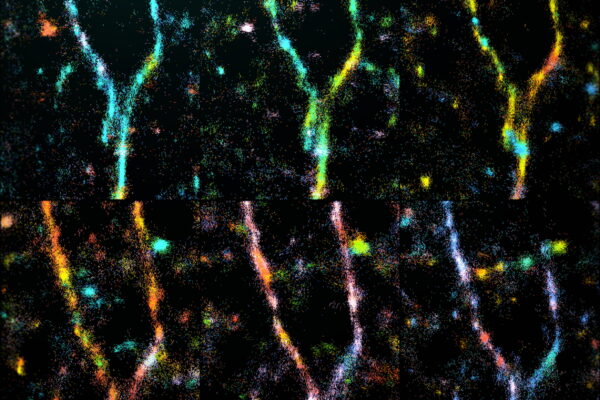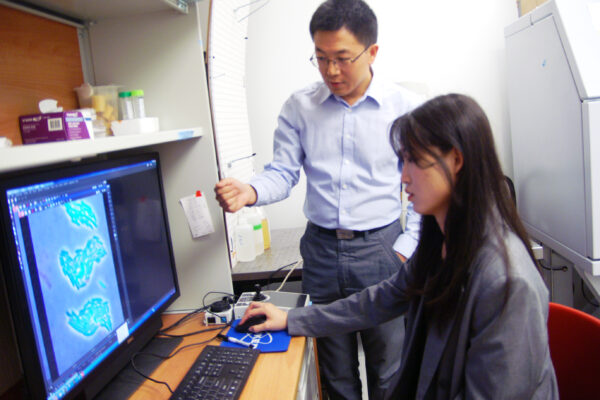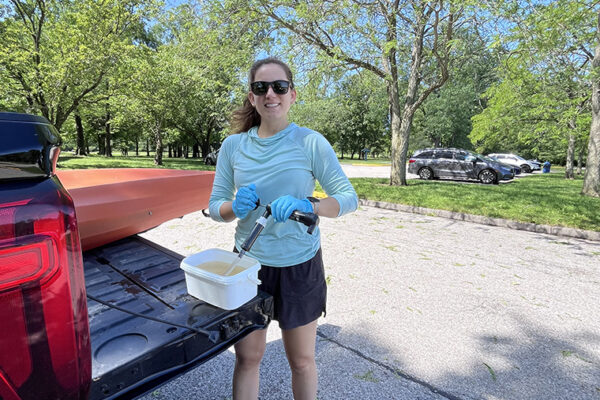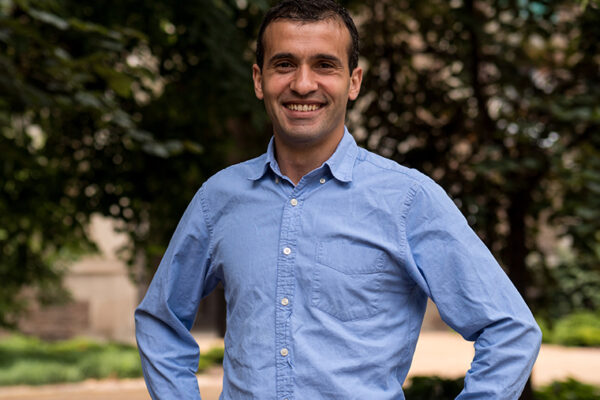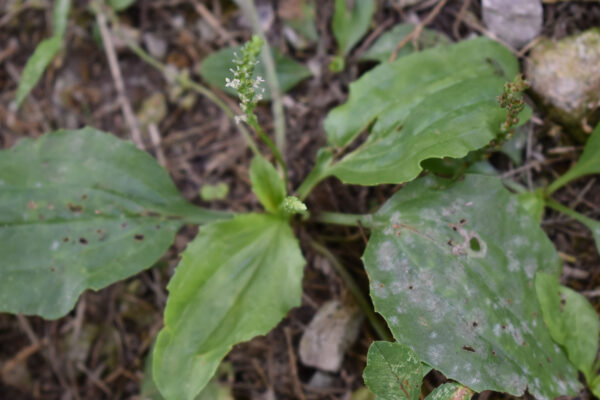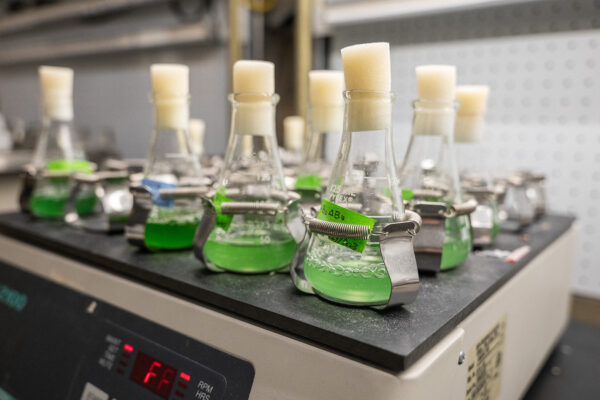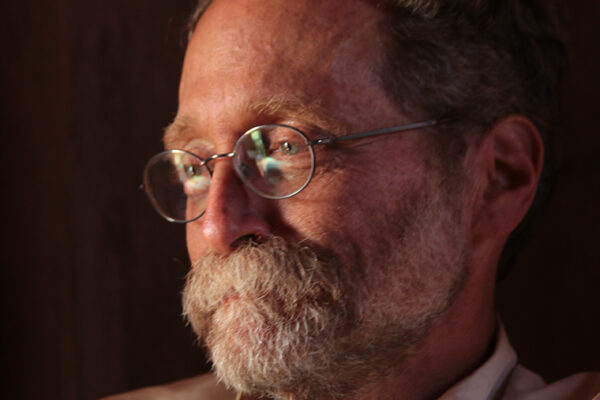Daily rhythms depend on receptor density in biological clock
Tweaking the numbers of receptors in a key brain area changes the daily rhythms of rest and wake in mice, according to research led by Daniel Granados-Fuentes in Arts & Sciences, published in the Proceedings of the National Academy of Sciences.
WashU researchers shine light on amyloid architecture
Researchers at Washington University in St. Louis have used microscopy to chart amyloid beta’s underlying structure and yield insight into neurodegenerative disease.
‘Molecular putty’ properties found encoded in protein sequence for biomolecular condensates
Scientists at the McKelvey School of Engineering at Washington University in St. Louis sort the rules governing putty-like biomolecular condensates.
Fluctuating cellular energy drives microbial bioproduction
Researchers at Washington University are studying how to turbo-charge microbial bioproduction.
Heart disease model puts cells to work
Researchers at Washington University can more effectively study mutations that cause heart disease by putting stem cells through their paces. Their research offers insight into the origins of hypertrophic cardiomyopathy.
Sampling eDNA for global biodiversity census
Kara Andres, a postdoctoral fellow with the Living Earth Collaborative, collected samples from Simpson Lake in Valley Park, Mo., one of about 800 lakes worldwide that were surveyed on the UN’s International Day of Biodiversity.
Biologists take closer look at stress response in cells
Hani Zaher, a professor of biology in Arts & Sciences, published a study in Molecular Cell that dives into the mechanisms behind the ways cells respond to stress.
Why some plant diseases thrive in urban environments
A team led by biologist Rachel Penczykowski in Arts & Sciences found more infestations of powdery mildew in St. Louis than in the city’s surrounding suburbs and countryside.
Internal clock helps cyanobacteria sustain life on this planet
Most organisms on this planet rely on a circadian clock to function properly. New research published by biologists in Arts & Sciences investigates how an internal clock helps nitrogen-fixing cyanobacteria accommodate seemingly conflicting processes within a single cell.
Stan H. Braude, professor of practice in Arts & Sciences, 62
Stan Braude, a professor of practice in biology and in environmental studies in Arts & Sciences, died at home June 1, 2024. Braude was the first curator of the university’s arboretum and a world expert on naked mole-rat ecology, evolution and behavior in the wild.
Older Stories

